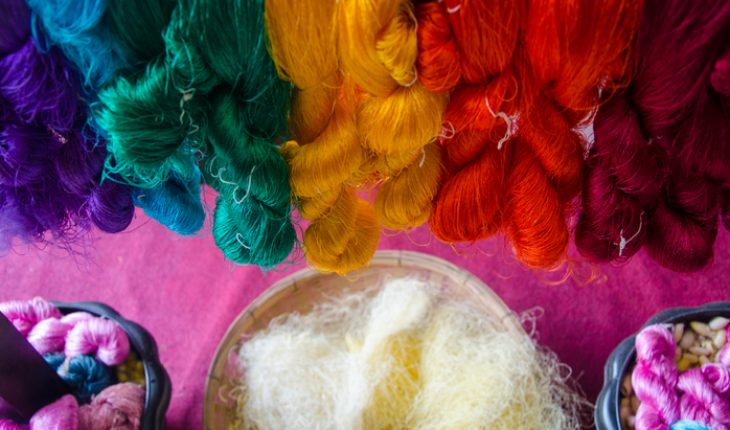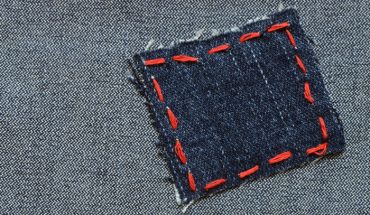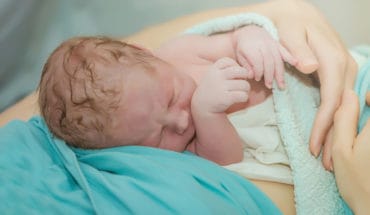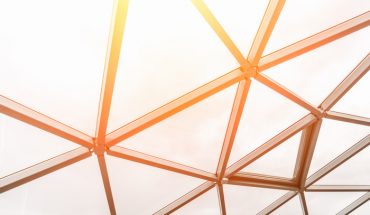Spinal cord injuries can have devastating life-long consequences and a total break in the spinal cord is impossible to repair. There are currently around 50,000 people in the UK with a serious spinal cord injury with 1,000 new cases arising every year.
There are currently around 50,000 people in the UK with a serious spinal cord injury with 1,000 new cases arising every year.
In the UK the cost to the NHS to treat the damage and to help patients manage the injury and subsequent dramatic lifestyle changes is around £1billion a year.
However, scientists at the University of Aberdeen and the University of Oxford have found that modified silk from Asian wild silkworms could be used to repair damaged spinal cords by creating a ‘bridge’ that allows spinal nerves to cross the tissue barrier and supporting nerve growth in the damaged region.
The researchers working in collaboration with Oxford Biomaterials Ltd discovered that cleaned, sterilised silk from the Antheraea pernyi (AP) silk spinner had properties well suited to spinal repair. Their work was published this week in the Nature journal Scientific Reports.
The team discovered that the modified AP silk had important properties desirable in a scaffold suitable for spinal repair.
It has the correct rigidity: if it is too rigid it can harm the surrounding spinal cord tissue but if it is too soft the nerves would fail to grow across it.
The AP silk has a repeated “RGD” chemical sequence on its surface that binds to receptors on the nerve cells, encouraging them to attach to the material and grow along it.
Additionally, the AP silk did not trigger a response by the immune system cells that would be present in the spinal cord, therefore minimising inflammation.
Finally, the AP silk degrades gradually over time. So, after it has supported the early growth of nerves across the injury site the material dissolves gradually and these pioneer nerves take over the role as scaffold, supporting further nerve growth.
Other teams have used silk from a different silkworm, Bombyx mori, for peripheral nerve repair while the Aberdeen and Oxford teams behind this study have previously shown that AP silk can enhance significant nerve regeneration and function recovery in peripheral nerve repair. The new demonstration that AP silk possesses a portfolio of matched material and biochemical characteristics suited for spinal repair is a potentially important step towards the ‘holy grail’ of medicine, the repair of the central nervous system.
The new demonstration that AP silk possesses a portfolio of matched material and biochemical characteristics suited for spinal repair is a potentially important step towards the ‘holy grail’ of medicine, the repair of the central nervous system.
Dr Wenlong Huang, from the University of Aberdeen, said: “Spinal injuries affect 250,000 – 500,000 people globally every year (WHO). It can have devastating effects for people who suffer them, including loss of motor and sensory function below the level of injury, and bladder, bowel, and sexual dysfunction. If we can work to find a solution, such as the use of AP silk, to improve their quality of life even slightly then it is beneficial. Intriguingly, AP silk may also have the potential to aid repair following brain injury.
“These are still early bench-based studies but they certainly seem to show that AP silk has fantastic properties especially suitable for spinal repair and we look forward to researching this further.”
Fritz Vollrath from Oxford University commented: “This is yet another, and so far by far the most important and exciting example of the value of silks and their derivatives in modern medicine with its emphasis on using natural regeneration for healing major as well as minor wounds.”
Dr Ann Rajnicek, from the University of Aberdeen, added: “Most people are familiar with the idea of silk surgical sutures that dissolve over time but the potential to use this modified silk material to promote nerve growth in the context of spinal cord injury has exciting prospects, especially when combined with other growth stimulating cues.”
The research was supported by the Institute of Medical Sciences of University of Aberdeen, Oxford Biomaterials Ltd. the Scottish Rugby Union, and RS McDonald Charitable Trust.
- New lipid-based pathway discovered as key to memory formation - 25th June 2025
- Crucial link could explain how Alzheimer’s takes hold - 25th June 2025
- Understanding Your Mind Can Improve Daily Life - 25th June 2025







